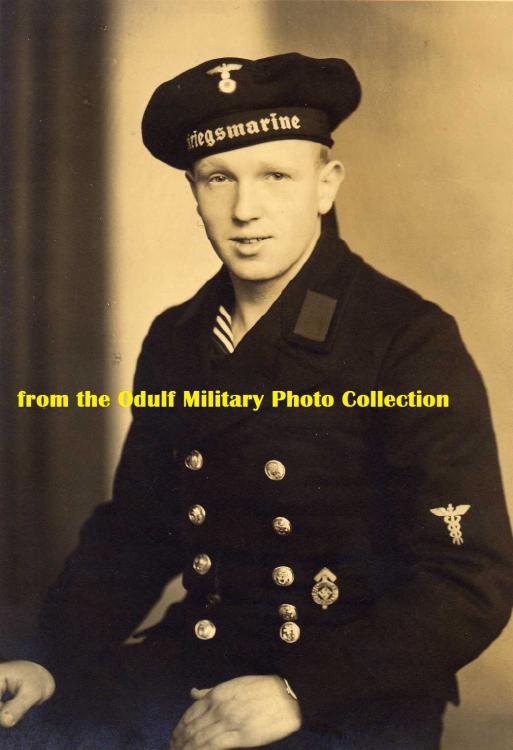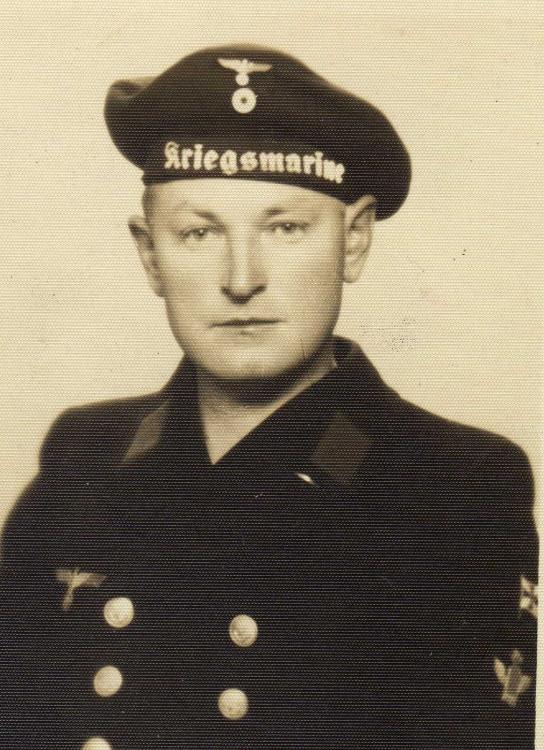-
Posts
2,143 -
Joined
-
Last visited
-
Days Won
10
Content Type
Profiles
Forums
Blogs
Gallery
Events
Store
Everything posted by Odulf
-

photographs Multi Uniform Portraits
Odulf replied to Odulf's topic in Germany: Third Reich: Research, Documentation & Photographs
-

photographs Arbeidsdienst.
Odulf replied to nesredep's topic in Germany: Third Reich: Research, Documentation & Photographs
Nice one Larry, the yellow armband is (after Sept. 1939) often seen in combination with the black cuffband with one Gothic letter, indicating service on the Westwall (Siegfriedline) or on the Ostwall (along the Polish border). My 2nd photo shows men of RAD-Baubataillon 306 in Poland in September 1939, still wearing their cuffband for the Ostwall. -

photographs Arbeidsdienst.
Odulf replied to nesredep's topic in Germany: Third Reich: Research, Documentation & Photographs
Hi Morten, These are men of the Construction Units, mainly they were elderly men and experienced construction workers, unlike the young RAD conscripts. They were subordinate to RAD Battalions, who were acting under the command of the Army in Poland. They were regarded as combattants, hence their yellow armband. The black soutache (colored cloth reversed chevron over the roundel) indicates that they are rated as Pioniere (pioneers). In other photos they are waring the yellow armband "DEUTSCHE WEHRMACHT", as RAD personnel who are subordinate ti the Army (Wehrmachtsgehilfen). Enclosed some photos from my collection with similar Construction Units (Bau Truppen) and RAD in Poland. -

Awarding of WW1 Medals query
Odulf replied to P.F.'s topic in Great Britain: Orders, Gallantry, Campaign Medals
British Soldiers & Sailors who fought in Russia (1919/20) also received the single BWM.. -
Appam (7,781 Tons), captured by German raider Möwe on 15 Jan. 1916. Autor was not found... but Author (3,496 Tons), captured by German raider Möwe on 13-01-1916 Author (5,596 Tons), sunk by German submarine on 16-03-1918 Source: "British Vessels Lost at Sea 1914-18", a reprint of the Original publications "Navy Losses" and "Merchant Shipping Losses" which were first published in August 1919 by His Majestyé Stationery Office, London - PSL, Cambride, 1979.
-
A very interesting early Army portrait for various reasons: - The early Weimar style uniform with breast eagle; - The sword, with the best example of how to tie a Faustriemen for NCOs to the hilt; - The buckle [Kastenschloss], of Weimar Republic stil worn - this was to be replaced per Order of 24 January 1936; - The Fahrer-Abzeichen (Horse Driver's Badge).
-

photographs Wasserzoll portrait
Odulf replied to LarryT's topic in Germany: Third Reich: Research, Documentation & Photographs
Would he not be a bit young to wear the Hindenburg Cross? -
Possibly one of the French soldiers supervising the plesbecite and/or other border corrections in the period 1919-1924 in Western Poland. Note the (French) medal for Upper-Silezia (1920-1923). Probably the photographer's studio had some props to dress him up.
-

photographs Wasserzoll portrait
Odulf replied to LarryT's topic in Germany: Third Reich: Research, Documentation & Photographs
Good show Laurence! -

Austria-Hungary KuK Soldiers wearing medals - show your photos
Odulf replied to IrishGunner's topic in Austro-Hungarian Empire
What springs to mind is the Leopolds-Orden (1808), or the Order der Eisernen Krone (1816). A Red Cross official, wearing mainly Red Cross decorations: Ehrenzeichen für Verdienste um das Rote Kreuz. Also enclosed, the reverse of this cut-out photo. Perhaps to specialists it adds to a context) -
Hi Morten, from top to bottom: 3 Watch stripes on the left sleeve - 6. Division Backbordwache [6th Division of the Port Watch] Matrosenobergefreiter und Unteroffizier-Anwarter [Acting NCO] Unidentified Unidentified Special badge for Motoren-Lehrgang III [Special training Engines III] a three bladed propellor Could you give a better close up of his sleeve, perhaps that may reveal the two unidentified Specialty Badges.
-
An interesting award document of the Landwehr-Dienstauszeichnung II. Klasse, presented 25 Januar 1902 to an Obermatrose der Landwehr I. Aufgeboth, by the Königlichen 55. Infanterie-Brigade. Remarkable, a Navy sailor received the Landwehr Clasp via an Infantry Brigade.... Would he have received the Baden Clasp?
-
An interesting snap shot of a German crew member of the Torpedoboot Jaguar in Morocco or Tunesia (c. 1938). Note that his local porter is wearing a canvas Royal Navy belt, with the small pouch on the right. Also interesting to see is the quality brown leather photo camera case. Many German military personnel had good quality personal cameras, which is the reason why there are so many fine photos of German military objects and subjects about.
-

Panzergruppe Von Kleist, Panzer III or IV?
Odulf replied to Odulf's topic in Armour, Vehicles, Ships & Aircraft
Thanks Andy -
On the shoulder straps of the KM field grey uniform, only a limited number of destinctive devices were worn. Most seen are the crossed anchors (with and without Latin letters/numbers or Arab numbers above), the winged shell on an anchor or the crossed lightning flashes with a 'schwinge' on an anchor. This Unteroffizier however, is wearing the steering wheel in metal, as for Transportation Units, an intersting variation
-

REICHSMARINE Cap tallies
Odulf replied to Odulf's topic in Germany: Weimar Republic & Deutsche Freikorps
An interesting recent catch. On his hat, the cap tally LINIENSCHIFF HANNOVER (in Latin script) and the (new) oval Kokarde with the eagle, which replaced the black-white-red Kokarde from 29. September 1919(MVBl Nr.34, 1. Nov. 1919). On the left sleeve however, he is wearing the old style career badge of Artilleriemaat, with the Imperial Crown. Also the buttons on his jacket are Imperial; from 4. Juni 1919 all old buttons (with the Imperial Crown) had to be replaced by new gilt buttons with a foul anchor only (MVBl Nr.24, 7. August 1919). -

All your Iron Cross be look like joke!
Odulf replied to Chris Boonzaier's topic in Germany: All Eras: The Iron Cross
It looks like an unfinished Kriegsnagelung. During WW1 in all villages and towns, people could buy iron nails which would be hammered in wooden statues or images of boats, planes, Iron Crosses, historical persons, etc. Look here for more information: -
Hi Morten, your photo was made in Breda, in Holland. In the Chassé Army Barracks, the 14th Schiffsstammabteilung (note the banner on the trumpet!) was housed until 1944. This photo is one of a series which was permanent for sale in the canteen-shop, and these are frequently found in albums and boxes of German sailors and staff who were stationed in Breda. Here are two more from the same series.
-
Thanks again Claudio! The number tab on the shoulder board is 2580 CM


.thumb.jpg.3b7ff783e6b1cad9a589337e23ec9a3a.jpg)
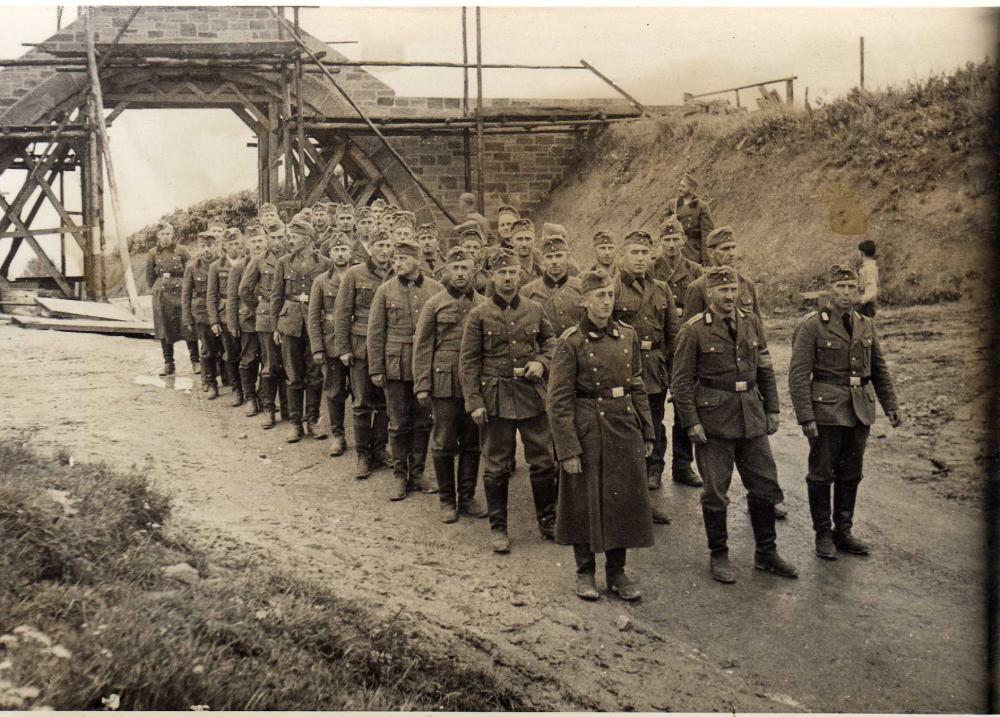
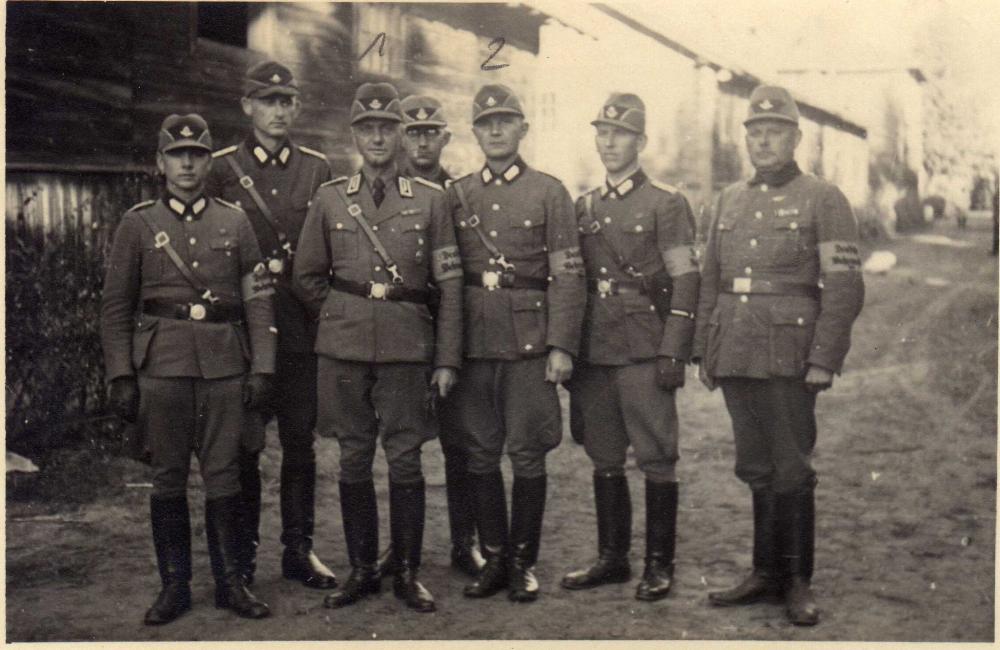

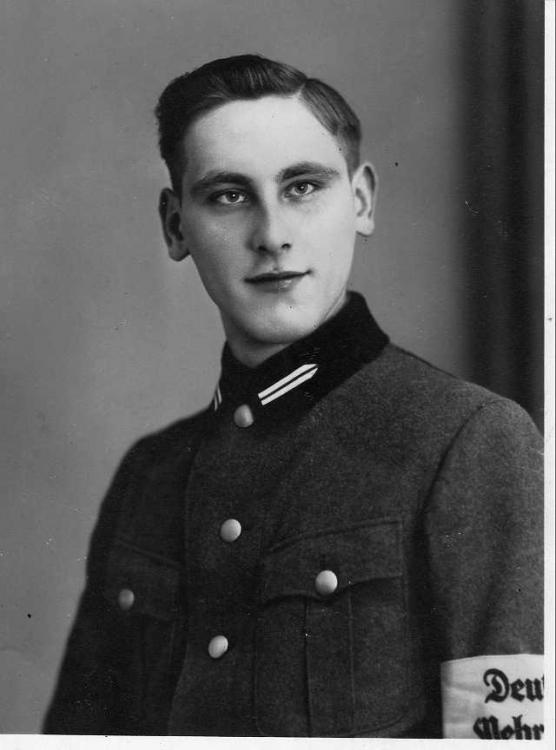
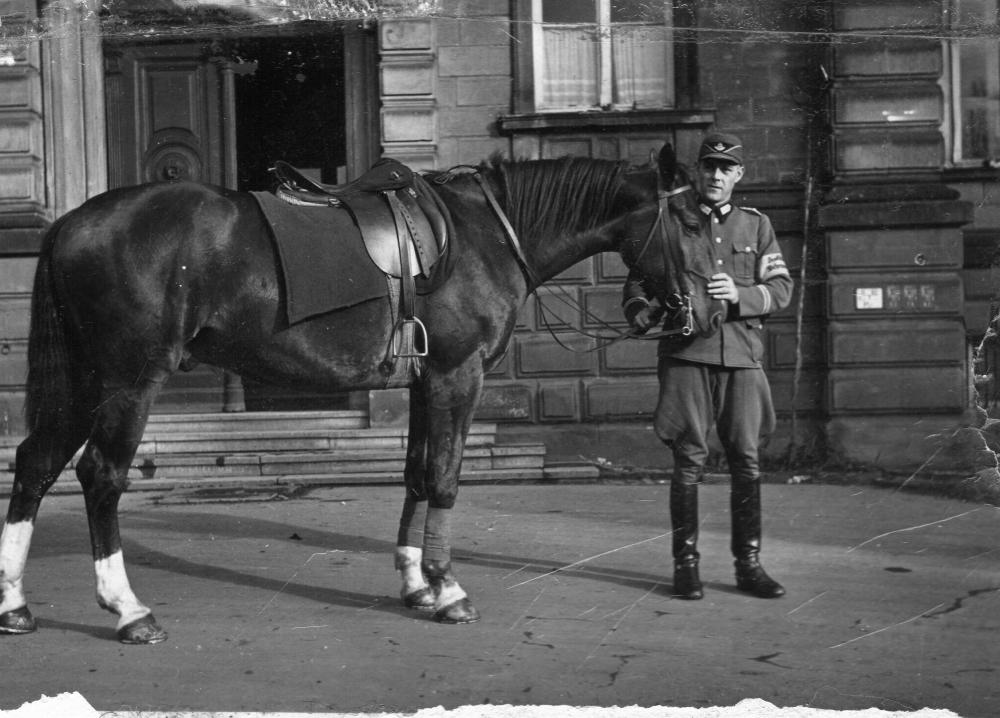
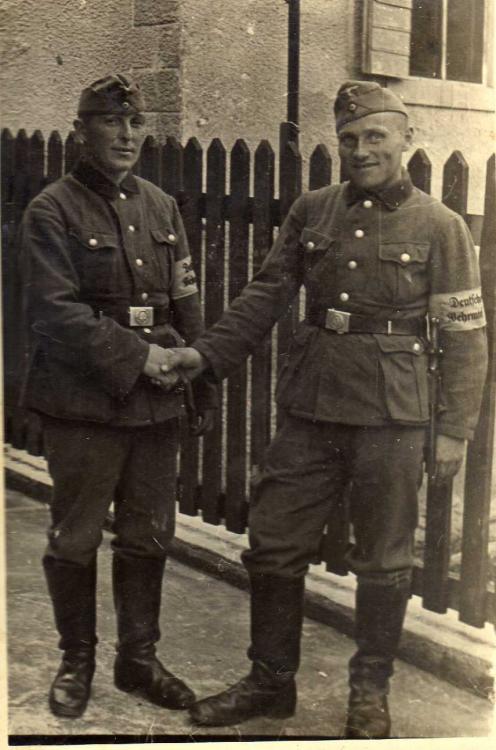


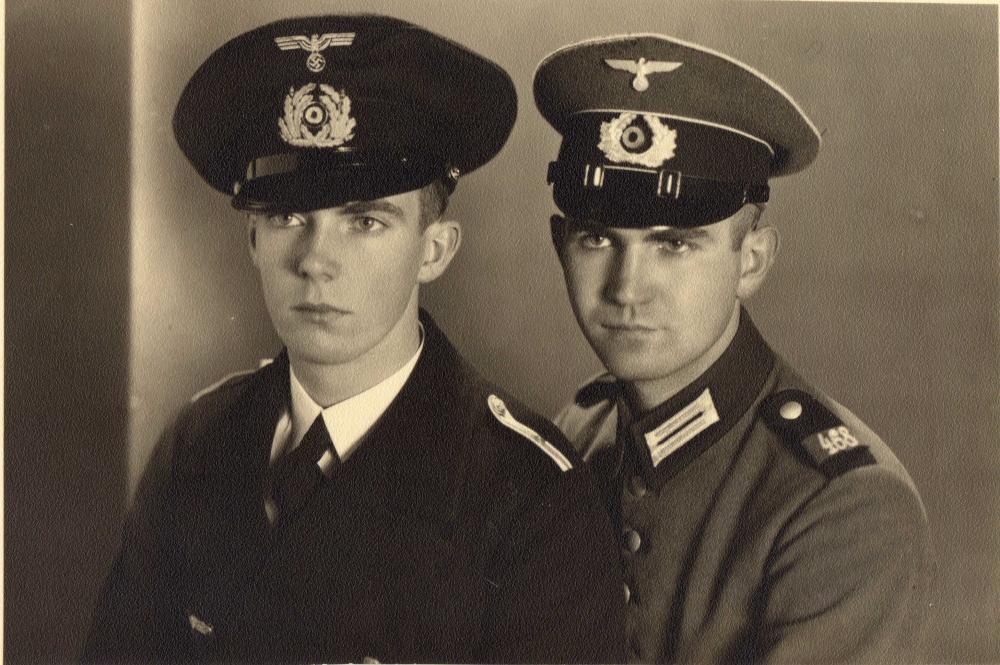
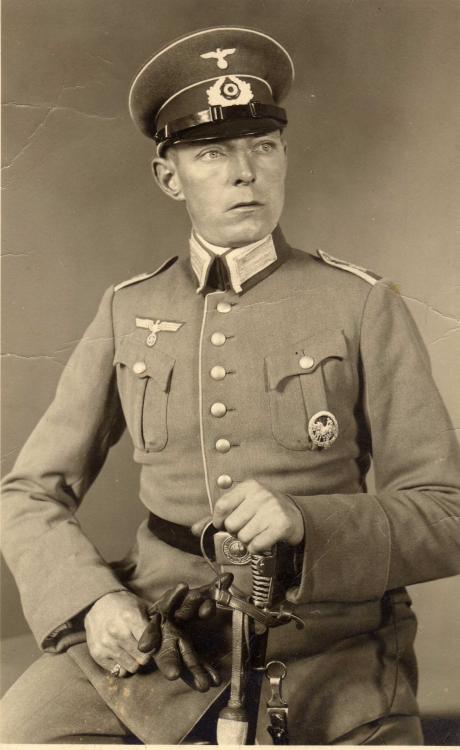
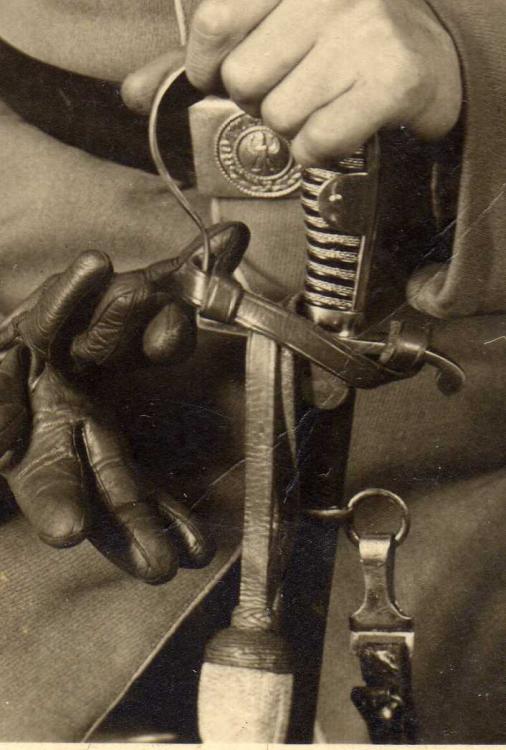
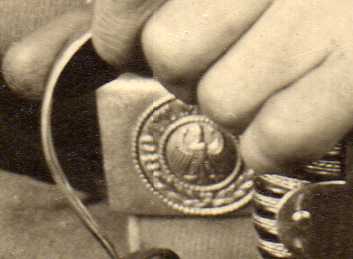
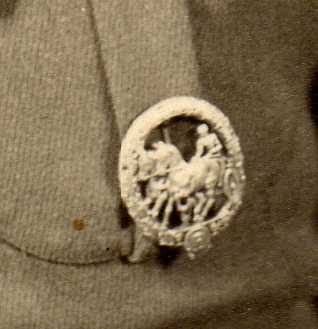
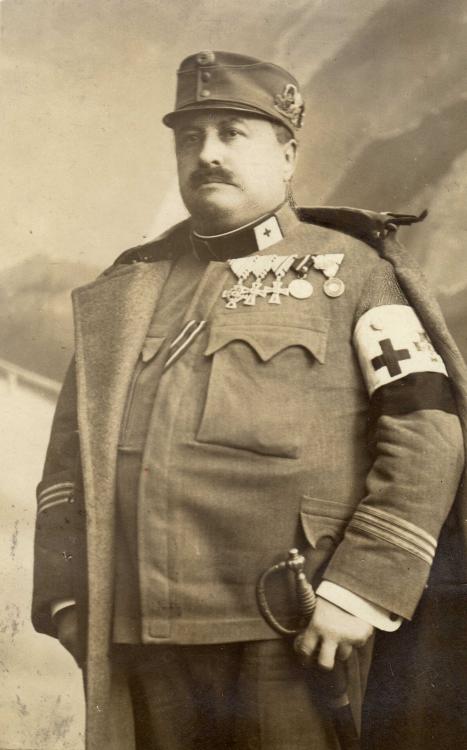
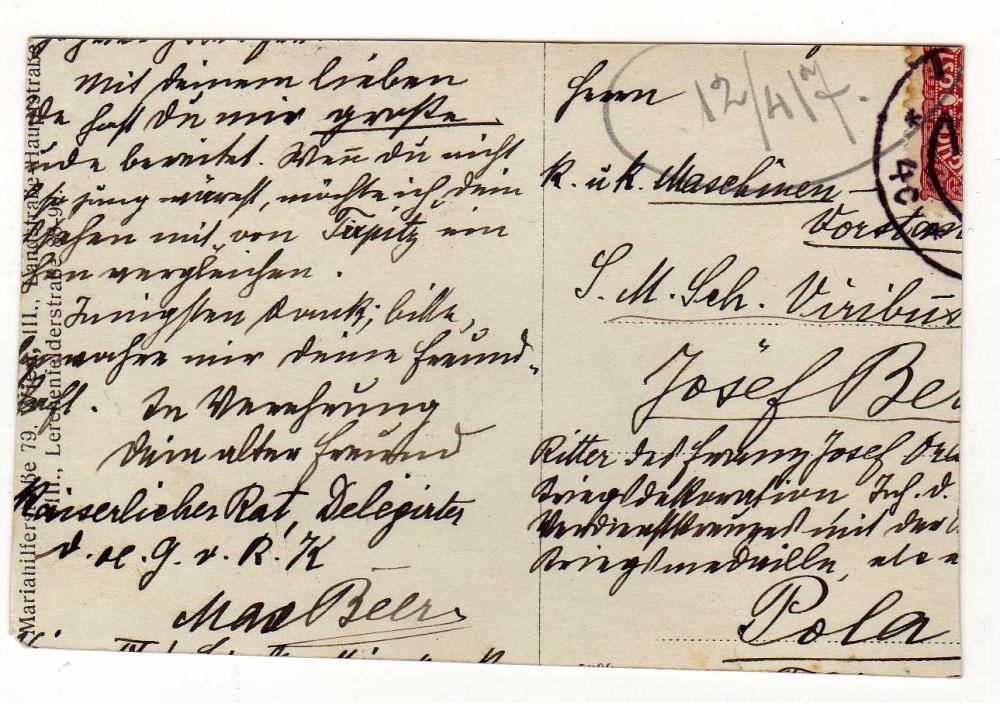
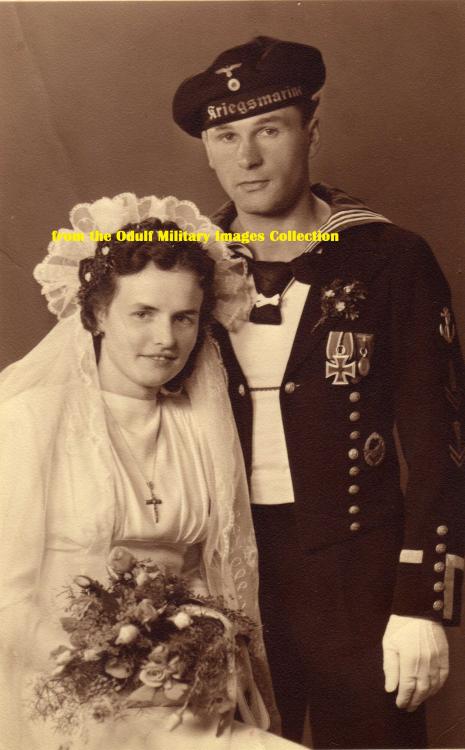
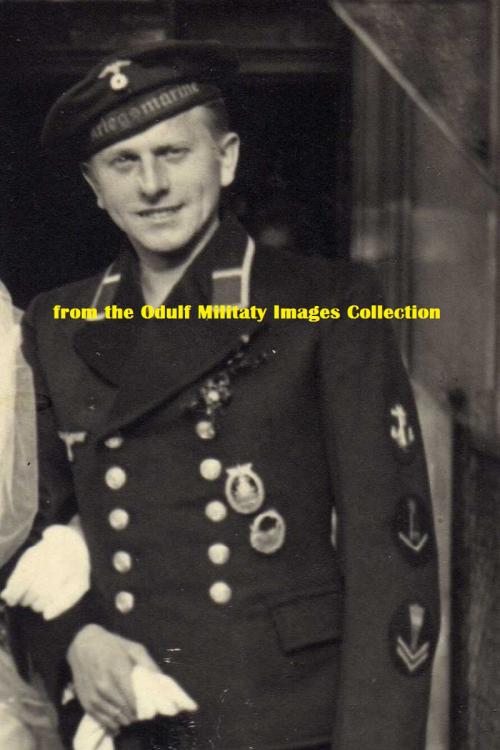



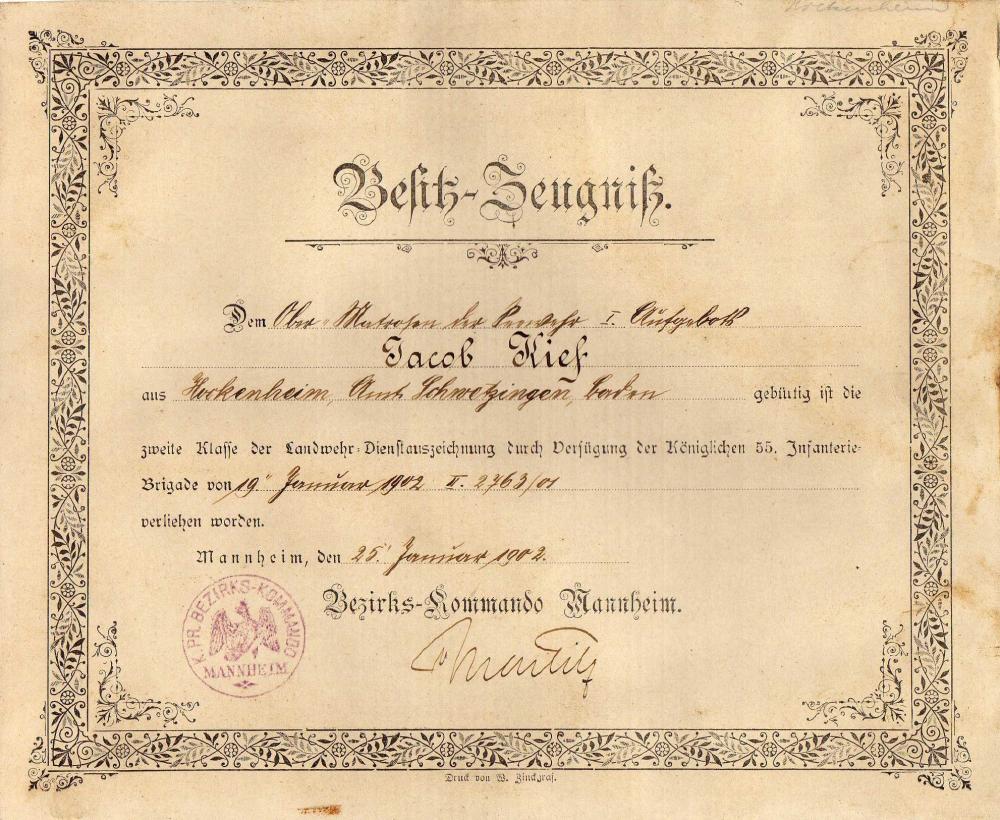
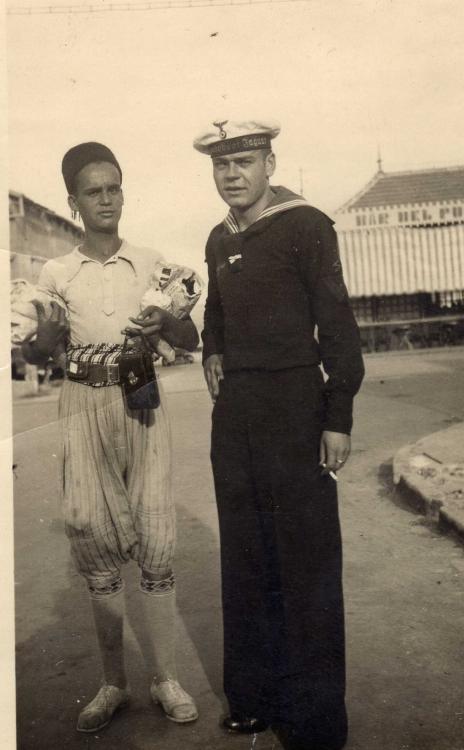
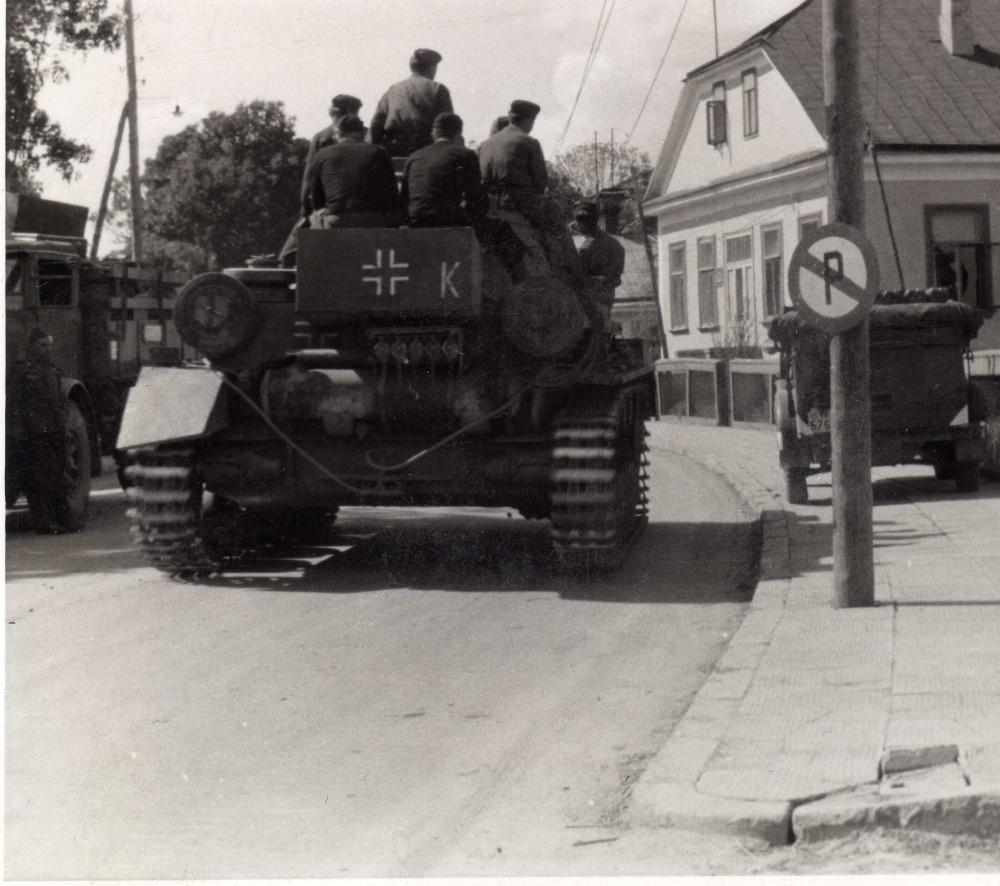
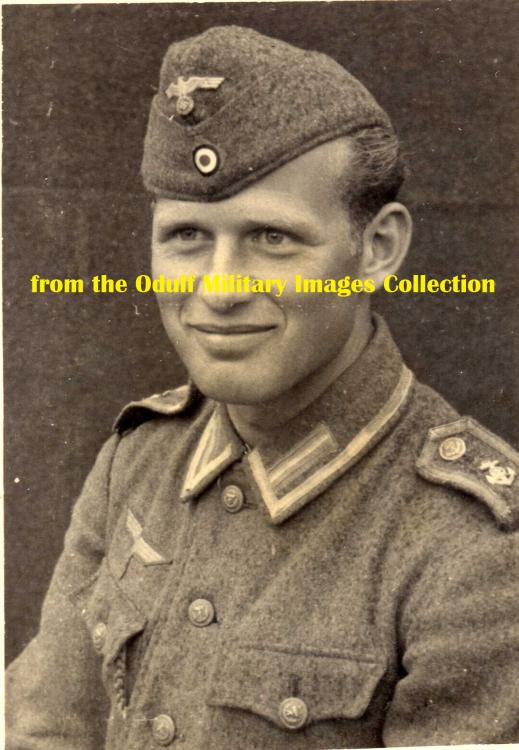
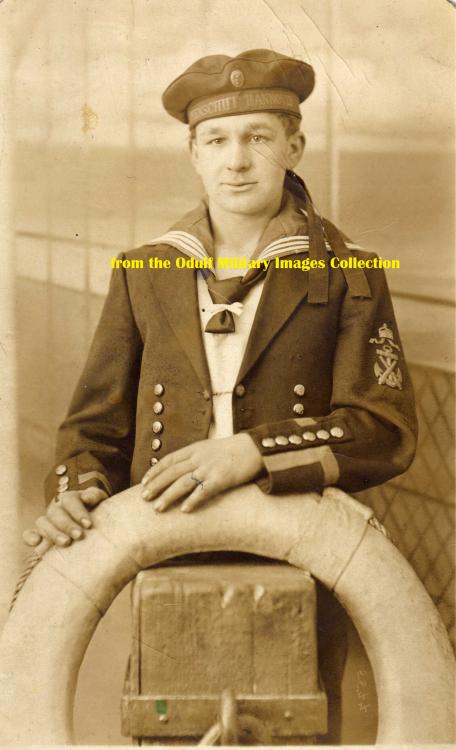
.thumb.jpg.117228bf245f822c5d9a178b96fd9152.jpg)
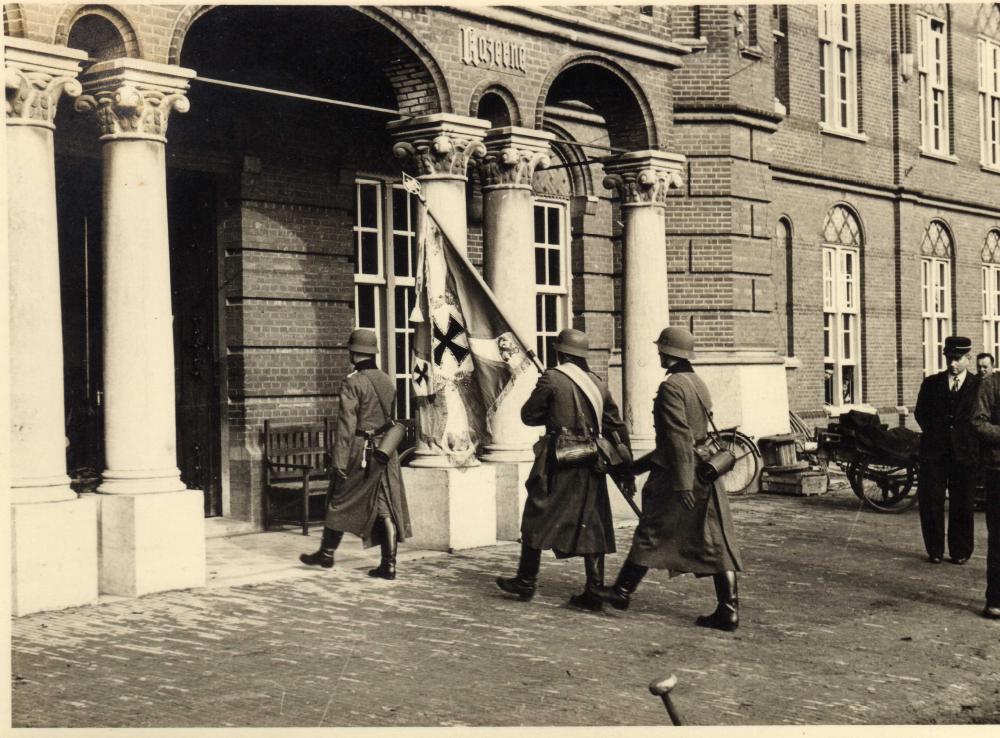
.thumb.jpg.edcd573f58e9c179d9246d17ee9810b2.jpg)
